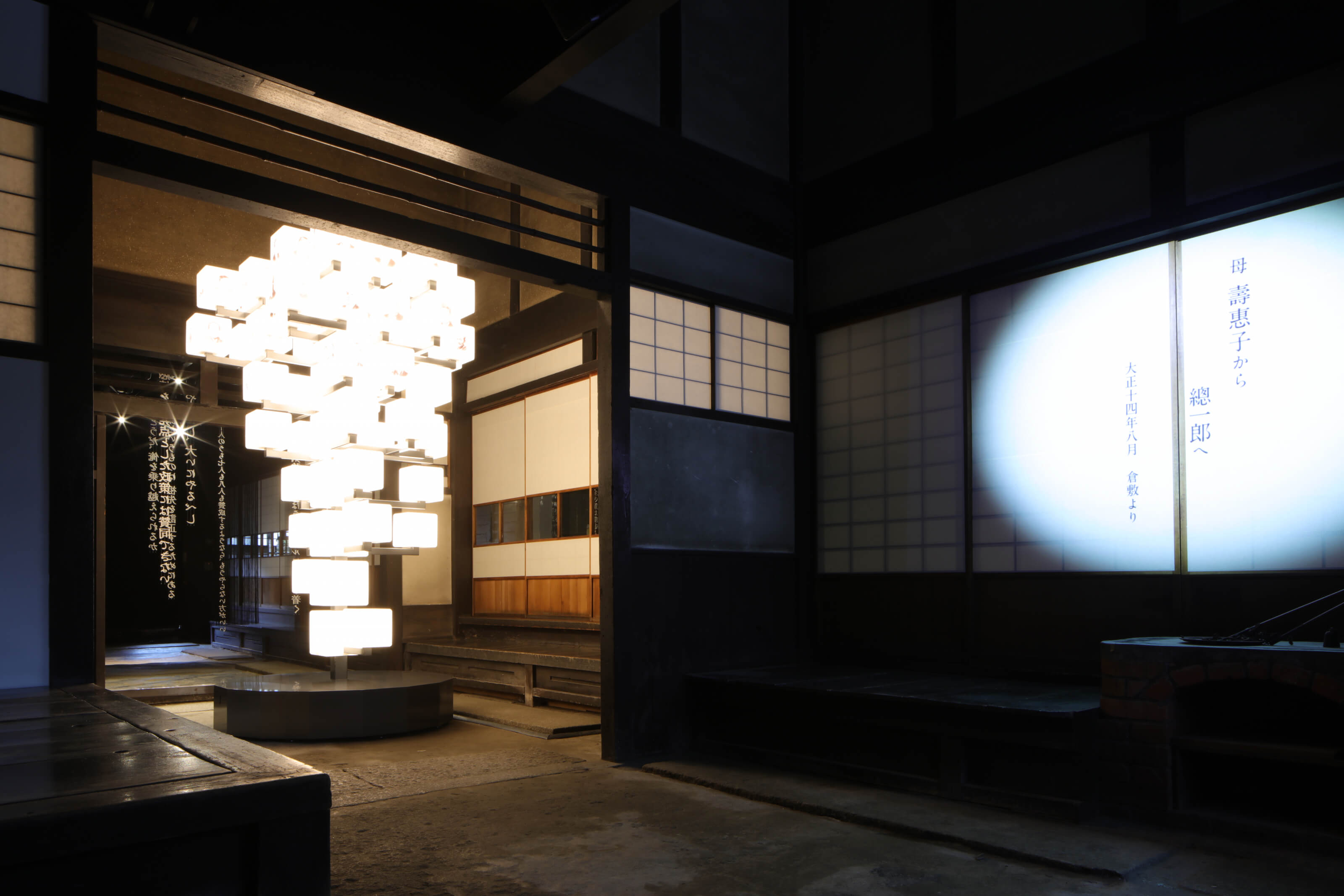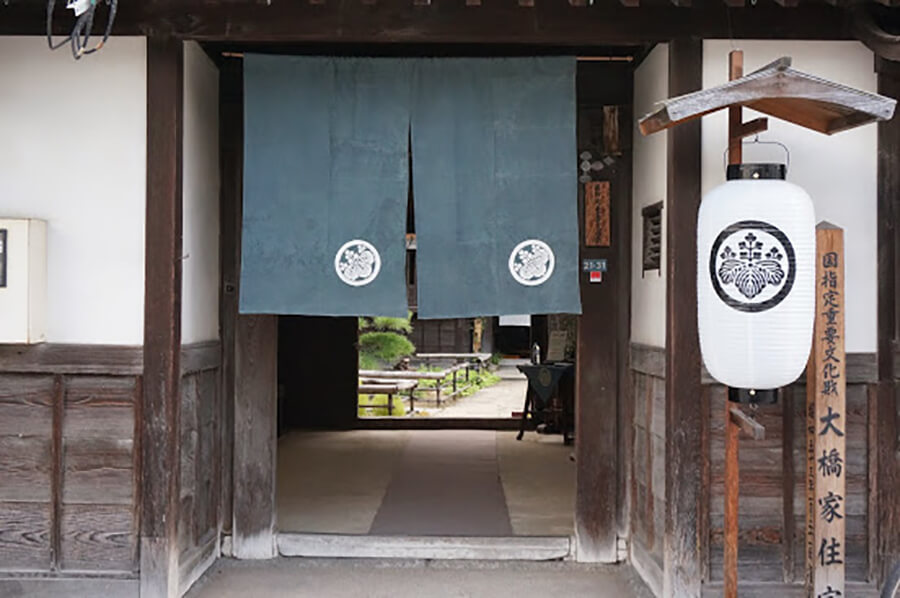TOURISM
INFORMATION
- HOME
- Tourism Information
- Ohara Museum of Art
 ©Okayama Prefectural Tourism Federation
©Okayama Prefectural Tourism Federation
Ohara Museum of Art is Japan's first private Western art museum, established in 1930. It was founded by Ohara Magosaburo, a businessman who contributed to the cultural development of Kurashiki. It consists of the main building, an annex, the Crafts and Oriental Gallery, and the Torajiro Kojima Memorial Hall (currently only the exterior can be viewed), and houses and exhibits approximately 3,000 works from across countries and eras, including masterpieces of Western art, Japanese Western paintings, sculptures, and crafts. The main building exhibits famous Western masterpieces such as El Greco's "The Annunciation," Claude Monet's "Water Lilies," Renoir, and Gauguin.
There is also a museum shop on site, which sells reproductions of famous paintings from the museum's collection, as well as stationery and accessories featuring the artworks.
*The branch library is currently closed for an extended period.
| address | 1-1-15 Chuo, Kurashiki City |
|---|---|
| telephone number | 086-422-0005 |
| Opening hours | [December to February] 9:00~15:00 (last entry 14:30) [March to November] 9:00~17:00 (last entry 16:30) *May vary depending on the season. Please see the opening calendar for details. |
Access Map
OTHER
INFORMATION
-
Talking Place Oharamoto Residence

The "Katariza Ohara Residence (former Ohara family residence)" is a nationally designated Important Cultural Property, which was gradually renovated from the late Edo period through to the Taisho period, and took on its current appearance by the early Meiji period. Construction of the main house began in 1795, and the tatami room area was later added. Beyond that is a large garden, and behind the main house are a row of storehouses, which also serve as fire prevention measures.
VIEW MORE
The main house is two-story with a traditional Japanese tile roof and features Kurashiki windows and lattices. The storehouse is built of earthen walls with tiles attached to the lower part of the exterior and finished with namako walls.
The Former Ohara Residence is a building that characterizes the landscape of Kurashiki's townscape and is a beautiful townhouse architecture unique to Kurashiki.
In the Meiji era, the Ohara family participated in the establishment of Kurashiki Spinning Company (Kurabo), which later grew into what could be called a zaibatsu conglomerate, building numerous facilities including Kurabo Central Hospital (now Kurashiki Central Hospital) and the Ohara Museum of Art.
It is currently open to the public as an exhibition and exchange facility called "Katariza Ohara Hontei," and in addition to the Ohara family's collection and artworks, it introduces the journey of eight generations of the Ohara family through creative exhibits such as "Falling Words" and "Cube Tree." There is also a book cafe surrounded by the Ohara family's collection of books. -
Nationally designated important cultural property Ohashi family residence

The Ohashi Family Residence is a beautiful townhouse unique to Kurashiki that has been designated an Important Cultural Property. Its unique layout features a row house facing the main road, with the main house on the inside separated by a front yard, and the main entrance runs through the row house. The main house is a multi-story building with a hip-and-gable roof and real tile roof, with a room and a cabinet in the attic, Kurashiki lattice on the first floor and Kurashiki windows on the second floor. The rice storehouse and internal structure are built using earthenware and feature "namako walls," and there is a single-story sitting room to the east. It is a simple but beautiful townhouse unique to Kurashiki.
VIEW MORE
The Ohashi family were large landowners in Kurashiki in the late Edo period who made their fortune through the development of salt fields and new rice fields. Together with the Ohara family, they formed an emerging power group known as "Shinroku" and reached the height of their prosperity.
The Ohashi Family Residence gives us a glimpse into the high-class and dignified lifestyle of the Ohashi family and the splendor of the prosperity of the Shinroku era at that time. -
Kurashiki Honmachi Street

Kurashiki Honmachi Street, located on the north side of the Kurashiki River, is a street lined with lacquered townhouses, giving off a down-to-earth atmosphere. This area still retains many vestiges of the Edo period, but it is also lined with many old shops and residences closely linked to daily life, making it a vibrant place where you can feel the lifestyle and breath of the people who live there.
VIEW MORE
Recently, there has been a surge in efforts to revive these townhouses, and a variety of shops have opened in renovated houses, including Kurashiki canvas shops, a traditional craft, hat shops, boutiques, galleries, cafes and ice cream shops, and the area continues to transform into an interesting mix of "tradition" and "modern." You can stroll around the area enjoying the relaxed atmosphere and bubbling energy.

